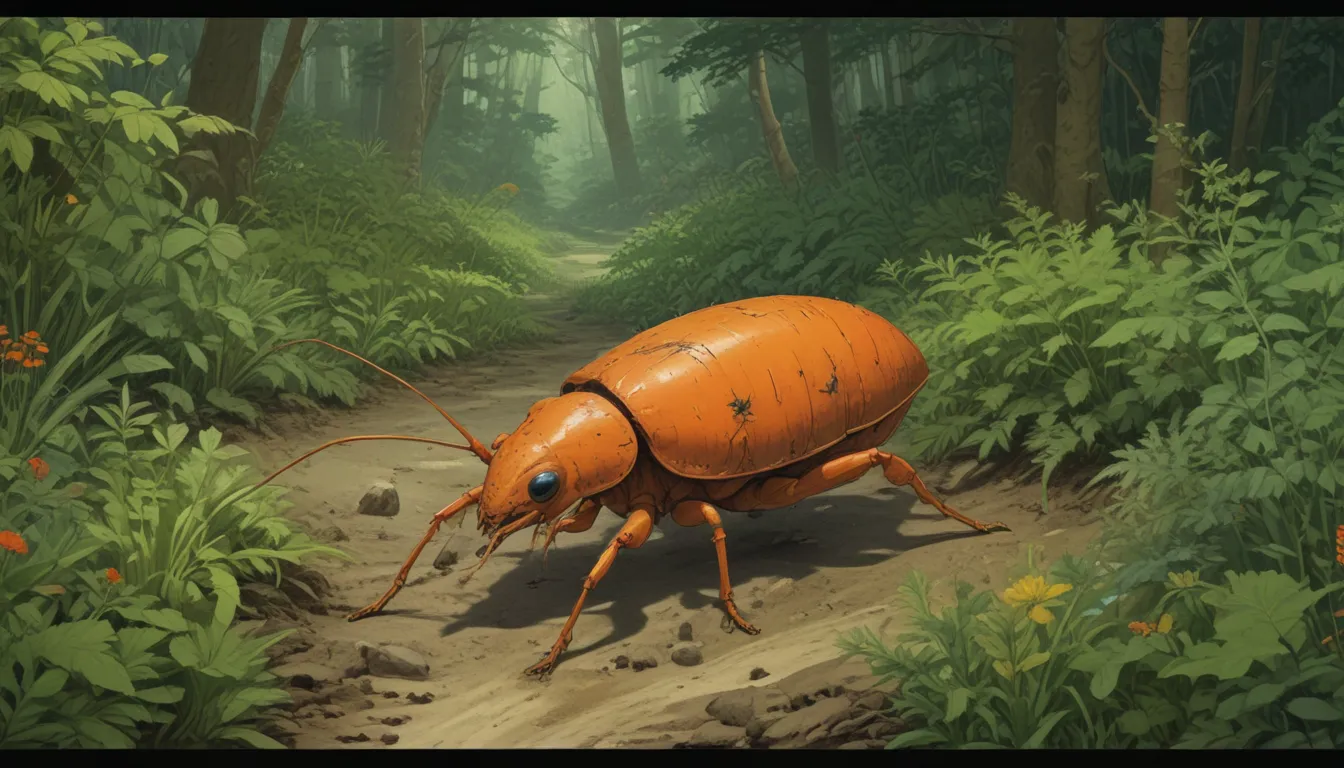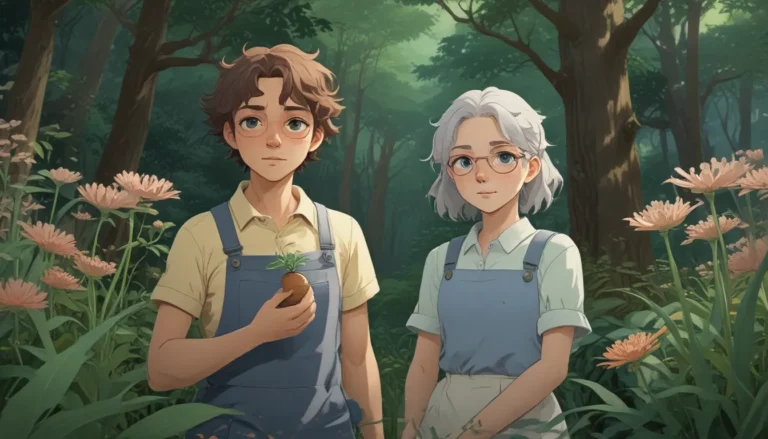A Comprehensive Guide to Identifying and Controlling Carrot Weevils

Carrot weevils, scientifically known as Listronotus oregonensis, can be a gardener’s worst nightmare. Imagine eagerly anticipating the taste of fresh carrots from your garden only to find them infested with grubs. It’s a scenario no gardener wants to face!
What can you do to prevent and control these unwanted pests from ruining your harvest? Don’t worry, we’ve got you covered with everything you need to know about carrot weevils and effective control strategies. Let’s dive in!
Understanding Carrot Weevils
Carrot weevils are native to North America, with a particular affinity for carrots but also known to attack other plants in the Apiaceae family. These pests can be a significant issue in the eastern United States and around the Great Lakes region.
While adult weevils may nibble on foliage, it’s their larvae that cause real damage by tunneling into the roots. These feeding tunnels not only ruin the roots but also create entry points for pathogens.
To distinguish carrot weevils from other pests like carrot rust flies, look for dark tunnels concentrated in the upper third of the root. Additionally, the larvae of carrot rust flies are rust-colored, while carrot weevil larvae are cream-colored grubs with a light brown head capsule.
Identifying Carrot Weevils
Identifying carrot weevils is crucial for effective control. The eggs laid by these pests start as white and turn black before hatching into cream-colored larvae with no legs and a light brown head capsule.
Adult carrot weevils are six millimeters long and dark brown-gray snout-nosed beetles. If you’re unsure whether you’re dealing with carrot weevils or another pest, look for stiff, white to yellow-brown colored maggots in the case of carrot rust flies.
Biology and Life Cycle
Understanding the life cycle of carrot weevils is essential for effective control strategies. Females lay eggs inside plant tissues, and the emerging larvae tunnel into the roots to feed. This process can result in wilting or death of young plants.
Carrot weevils typically complete one to two generations per year, with dispersed by walking rather than flying. Monitoring the degree days can help predict egg-laying periods, enabling timely intervention.
Monitoring and Control Methods
To monitor carrot weevil populations, trap with Boivin traps is a popular method. These traps attract weevils with carrot bait and allow detection of infestations. Regular monitoring and trap maintenance are essential for effective control.
Organic Control Methods
Cultural and physical control methods form the basis of organic pest management for carrot weevils. Practices such as excluding pests with floating row covers and adjusting planting practices can help prevent infestations.
Biological control using parasitoid wasps and beneficial nematodes can also help reduce carrot weevil populations. However, organic pesticides have limited effectiveness against these pests.
Chemical Pesticide Control
While chemical pesticides are an option for controlling carrot weevils, their effectiveness is limited due to the larval chambers in roots and adult weevils’ resistance. Commercial insecticides like malathion and pyrethroids may provide some control but are not a definitive solution.
Strategies for Successful Control
Dealing with carrot weevils can be challenging, but a comprehensive approach combining cultural, biological, and, if necessary, chemical control methods can help mitigate infestations. Crop rotation, removing alternate host weeds, and delaying planting can reduce weevil populations.
Creating a garden environment conducive to natural predators and minimizing chemical use can also aid in controlling these pests. By implementing these strategies, you can protect your carrot harvest and enjoy a bountiful crop.
Share Your Experience
Have you encountered carrot weevils in your garden? How did you identify and address the infestation? Share your experiences and tips in the comments below to help other gardeners tackle these pesky pests.
While you’re here, be sure to explore additional resources on growing carrots and managing pests:
- How to Grow Carrots in the Garden
- How to Identify and Control Carrot Pests
- Harvest Time: How and When to Pick Carrots
Remember, by staying informed and implementing proactive pest management strategies, you can safeguard your garden against carrot weevils and other damaging insects. Happy gardening!





